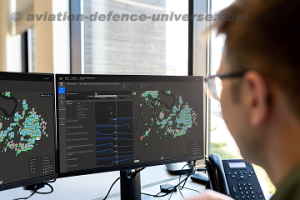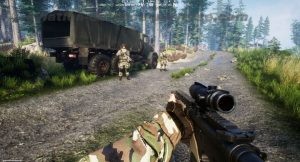
London. 09 September 2021. Improbable Defence will be exhibiting at DSEI 2021 and showcasing its range of capabilities through a number of use cases and demonstrations, performed using Improbable Defence’s synthetic environment development platform.
In line with the Ministry of Defence’s capability objectives of achieving ‘Multi-Domain Integration’, and in partnership with Strategic Command, Improbable has developed a new generation of multi-domain synthetic environments. This new transformative capability is incorporated together with cloud computing and modern networks into the ‘digital backbone’ currently being developed by the MoD.
“The threats our government face today are more complex, inter-connected, and harder to anticipate than we have ever had to prepare for previously. Through the combination of AI, machine learning, computational modelling and modern distributed systems with trusted data sets from multiple sources and trusted partners, Improbable can bring detailed, credible simulations of the real world, allowing for scenario planning and training for critical institutions.” Said Joe Robinson, CEO of Improbable Defence.
“Our Single Synthetic Environment has been developed in partnership with industry leaders and Strategic Command and we are delighted at this opportunity to showcase this capability and demonstrate some of its potential applications.”
On stand demonstrations and displays will include:
- Use cases of an Operational Decision Support Tool in both the Joint and Naval sectors.
- A live demonstration of an Urban Warfare synthetic collective training scenario.
- A digital twin creating an exact replica of a network, allowing you to understand and manage complex networks across systems

The Urban Warfare synthetic collective training demonstration will be a patrol mission training scenario in which the patrol mission can be rehearsed, with computer-generated civilian entities reacting to the specific behaviours of the patrol and the spread of sentiment among the civilian population can be played out in real time. This forces both commanders on the ground and back at Headquarters to make fast, reactive decisions.




























































































































